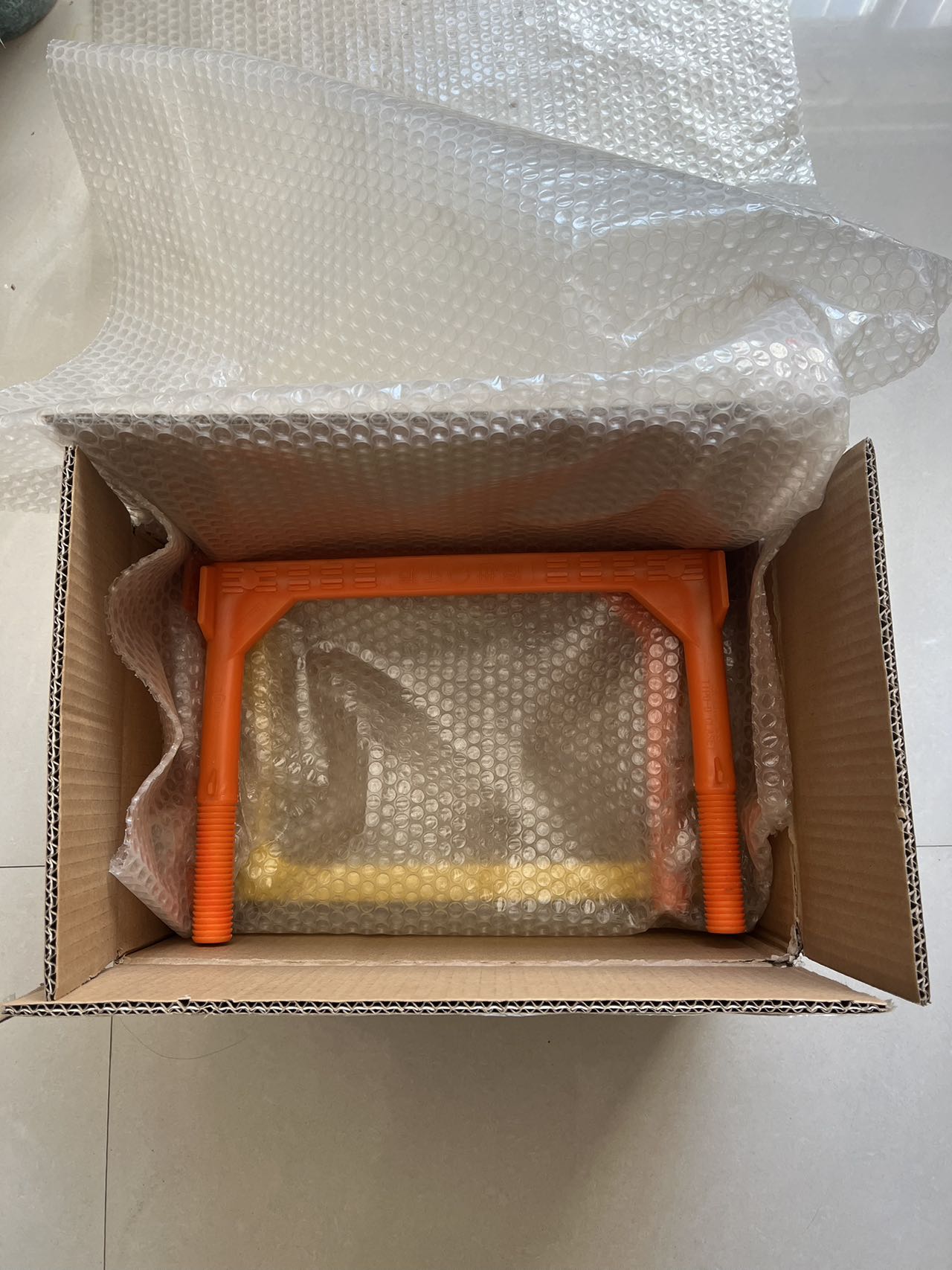Different Types of Butterfly Valves and Their Applications in Industrial Systems
Understanding the Types of Butterfly Valves
Butterfly valves are widely used in various industries for regulating and isolating flow. Their design is simple yet effective, making them a popular choice for many applications. This article will explore the different types of butterfly valves, their features, advantages, and applications.
What is a Butterfly Valve?
A butterfly valve consists of a rotating disc that is mounted on a shaft. The disc pivots around a central axis, allowing for quick opening and closing. This design makes butterfly valves particularly suitable for applications requiring rapid flow control and minimal pressure drop. They are commonly used in water distribution, wastewater treatment, petroleum, and chemical processing.
Types of Butterfly Valves
1. Lug Butterfly Valves
Lug butterfly valves are characterized by their specific mounting method, which involves threaded lugs on the valve body. This feature allows them to be installed between two flanges, making them a great choice for situations where the valve may need to be removed without disturbing the piping system. Lug valves are often used in applications requiring reliable isolation, such as in fire protection systems and cooling water lines.
2. Wafer Butterfly Valves
Similar to lug valves, wafer butterfly valves are installed between flanges. However, unlike lug valves, they do not have lug-style attachments. Instead, they rely on the flange bolts to hold the valve in place. Wafer butterfly valves are generally lighter and more compact, making them ideal for applications where space is limited. They are often utilized in HVAC systems and water supply systems.
3. Double-Offset Butterfly Valves
Double-offset butterfly valves, also known as elevada or high-performance valves, feature two offsets in the design of the disc and stem. This configuration minimizes the wear on the seat and allows for tight sealing at high pressures. The double-offset design provides better performance in throttling applications and is ideal for industries like oil and gas, where durability and reliability are critical.
4. Triple-Offset Butterfly Valves
Triple-offset butterfly valves take the design a step further by adding a third offset. This design eliminates the sliding action of the disc against the seat, resulting in enhanced sealing capability and longevity. These valves are specifically designed for high-pressure and high-temperature applications, making them suitable for the oil and gas sector, power generation, and other critical processes that require tight shut-off performance.
butterfly valve types

5. Butterfly Valves with Pneumatic Actuators
For applications that require automatic operation, butterfly valves can be equipped with pneumatic actuators. These actuators use compressed air to open or close the valve, allowing for precise and remote control. Pneumatically actuated butterfly valves are common in large industrial processes where manual operation may be impractical.
6. Electric Butterfly Valves
Electric butterfly valves utilize electric actuators to control valve positioning. This type of valve is favored in systems that require integration with control systems or automation. Electric butterfly valves offer excellent precision and can be operated from a distance, making them ideal for processes in industries such as water treatment, chemical processing, and food production.
Advantages of Butterfly Valves
Butterfly valves offer several advantages, including
- Compact Design Their space-saving design allows for easy installation in tight spaces. - Low Pressure Drop The streamlined flow path minimizes pressure loss, enhancing system efficiency. - Quick Operation The quarter-turn operation allows for rapid opening and closing, making them suitable for on-off applications. - Cost-Effectiveness Butterfly valves are generally more affordable compared to other valve types, providing an economical choice for flow control.
Applications of Butterfly Valves
Butterfly valves can be found in various applications across numerous industries. Their versatility makes them suitable for
- Water Supply and Wastewater Treatment To control flow in municipal water systems and treatment plants. - Oil and Gas Processing For isolation and control in pipelines and refining processes. - HVAC Systems To regulate airflow and temperature in buildings. - Food and Beverage Production For controlling the flow of liquids in processing lines.
Conclusion
In summary, butterfly valves are essential components in many industrial applications due to their simplicity, efficiency, and versatility. Understanding the various types of butterfly valves—such as lug, wafer, double-offset, triple-offset, and those with actuators—can help in selecting the right valve for specific needs. As industries continue to evolve, butterfly valves will undoubtedly remain a cornerstone of flow control technology.
-
The Smarter Choice for Pedestrian AreasNewsJun.30,2025
-
The Gold Standard in Round Drain CoversNewsJun.30,2025
-
The Gold Standard in Manhole Cover SystemsNewsJun.30,2025
-
Superior Drainage Solutions with Premium Gully GratesNewsJun.30,2025
-
Superior Drainage Solutions for Global InfrastructureNewsJun.30,2025
-
Square Manhole Solutions for Modern InfrastructureNewsJun.30,2025
-
Premium Manhole Covers for Modern InfrastructureNewsJun.30,2025
